
What is Skills-Based Approach & Why Does it Matter?
Last updated: September 29, 2024 Read in fullscreen view
- 10 Apr 2022
 Agile self-organizing teams: What are they? How do they work? 29/441
Agile self-organizing teams: What are they? How do they work? 29/441 - 18 Oct 2020
 How to use the "Knowns" and "Unknowns" technique to manage assumptions 21/992
How to use the "Knowns" and "Unknowns" technique to manage assumptions 21/992 - 21 May 2022
 "Fail Fast, Fail Often, Fail Forward" is the answer to Agile practices of software success 20/945
"Fail Fast, Fail Often, Fail Forward" is the answer to Agile practices of software success 20/945 - 05 Aug 2024
 Debunking 10 Myths About Change Management 19/266
Debunking 10 Myths About Change Management 19/266 - 05 Oct 2025
 The New Facebook Algorithm: A Paradigm Shift in Content Discovery 19/47
The New Facebook Algorithm: A Paradigm Shift in Content Discovery 19/47 - 03 Nov 2023
 Why Is Billable Viable Product An Alternative To Minimum Viable Product? 14/168
Why Is Billable Viable Product An Alternative To Minimum Viable Product? 14/168 - 01 Oct 2020
 Fail fast, learn faster with Agile methodology 13/975
Fail fast, learn faster with Agile methodology 13/975 - 05 Feb 2024
 Bespoke Solution: Visitor Management System for Corporate 11/228
Bespoke Solution: Visitor Management System for Corporate 11/228 - 21 Sep 2023
 Abraham Wald and the Missing Bullet Holes 9/598
Abraham Wald and the Missing Bullet Holes 9/598 - 30 Jul 2024
 The Future of IT Consulting: Trends and Opportunities 8/131
The Future of IT Consulting: Trends and Opportunities 8/131 - 18 Jul 2024
 The 8 Best ways to Innovate your SAAS Business Model in 2024 8/205
The 8 Best ways to Innovate your SAAS Business Model in 2024 8/205 - 19 Oct 2021
 Is gold plating good or bad in project management? 8/756
Is gold plating good or bad in project management? 8/756 - 10 Nov 2022
 Poor Code Indicators and How to Improve Your Code? 8/214
Poor Code Indicators and How to Improve Your Code? 8/214 - 20 Nov 2022
 Agile working method in software and football 6/325
Agile working method in software and football 6/325 - 06 Feb 2021
 Why fail fast and learn fast? 6/376
Why fail fast and learn fast? 6/376 - 27 Jul 2024
 Positive Psychology in the Digital Age: Future Directions and Technologies 6/337
Positive Psychology in the Digital Age: Future Directions and Technologies 6/337 - 01 Mar 2023
 Bug Prioritization - What are the 5 levels of priority? 6/207
Bug Prioritization - What are the 5 levels of priority? 6/207 - 11 Oct 2022
 Why choose Billable Viable Product (BVP) over Minimum Viable Product (MVP) 5/315
Why choose Billable Viable Product (BVP) over Minimum Viable Product (MVP) 5/315 - 14 Oct 2021
 Advantages and Disadvantages of Time and Material Contract (T&M) 4/794
Advantages and Disadvantages of Time and Material Contract (T&M) 4/794 - 18 Aug 2022
 What are the consequences of poor requirements with software development projects? 4/243
What are the consequences of poor requirements with software development projects? 4/243 - 19 Jul 2022
 The 12 Principles of Continuous Process Improvement 3/459
The 12 Principles of Continuous Process Improvement 3/459 - 08 Oct 2022
 KPI - The New Leadership 3/557
KPI - The New Leadership 3/557 - 31 Oct 2021
 Tips to Fail Fast With Outsourcing 3/376
Tips to Fail Fast With Outsourcing 3/376 - 27 Feb 2025
 How AI Agents are Changing Software Development? 3/170
How AI Agents are Changing Software Development? 3/170 - 09 Oct 2024
 Short-Form Video Advertising: The Secret to Captivating Your Audience 3/107
Short-Form Video Advertising: The Secret to Captivating Your Audience 3/107 - 22 Nov 2024
 The Role of AI in Enhancing Business Efficiency and Decision-Making 2/160
The Role of AI in Enhancing Business Efficiency and Decision-Making 2/160 - 26 Sep 2024
 Successful Project Management Techniques You Need to Look Out For 2/368
Successful Project Management Techniques You Need to Look Out For 2/368 - 02 Dec 2024
 The Intersection of AI and Business Analytics: Key Concepts to Master in Your Business Analytics Course 2/255
The Intersection of AI and Business Analytics: Key Concepts to Master in Your Business Analytics Course 2/255 - 25 Jan 2025
 The Decline of Traditional SaaS and the Rise of AI-first Applications 2/73
The Decline of Traditional SaaS and the Rise of AI-first Applications 2/73 - 10 Sep 2024
 Leading Remote Teams in Hybrid Work Environments 2/127
Leading Remote Teams in Hybrid Work Environments 2/127 - 03 Jul 2022
 Manifesto for Agile Software Development 2/240
Manifesto for Agile Software Development 2/240 - 18 Aug 2024
 The Future of Web Development: Emerging Trends and Technologies Every Developer Should Know 2/175
The Future of Web Development: Emerging Trends and Technologies Every Developer Should Know 2/175 - 23 Sep 2021
 INFOGRAPHIC: Top 9 Software Outsourcing Mistakes 2/412
INFOGRAPHIC: Top 9 Software Outsourcing Mistakes 2/412 - 17 Feb 2022
 Prioritizing Software Requirements with Kano Analysis 2/284
Prioritizing Software Requirements with Kano Analysis 2/284 - 13 Dec 2020
 Move fast, fail fast, fail-safe 2/292
Move fast, fail fast, fail-safe 2/292 - 12 Oct 2020
 The Agile Manifesto - Principle #8 2/449
The Agile Manifesto - Principle #8 2/449 - 07 Oct 2020
 How To Manage Expectations at Work (and Why It's Important) 2/270
How To Manage Expectations at Work (and Why It's Important) 2/270 - 10 Dec 2023
 Pain points of User Acceptance Testing (UAT) 2/417
Pain points of User Acceptance Testing (UAT) 2/417 - 21 Dec 2023
 Top 12 Low-Code Platforms To Use in 2024 2/1154
Top 12 Low-Code Platforms To Use in 2024 2/1154 - 31 Dec 2022
 The New Normal for Software Development 2/344
The New Normal for Software Development 2/344 - 28 Dec 2021
 8 types of pricing models in software development outsourcing 2/418
8 types of pricing models in software development outsourcing 2/418 - 31 Dec 2022
 Future of Software Development Trends and Predictions for 2023 1/120
Future of Software Development Trends and Predictions for 2023 1/120 - 16 Aug 2022
 What is a Headless CMS? 1/225
What is a Headless CMS? 1/225 - 16 Sep 2022
 Examples Of Augmented Intelligence In Today’s Workplaces Shaping the Business as Usual 1/395
Examples Of Augmented Intelligence In Today’s Workplaces Shaping the Business as Usual 1/395 - 26 Dec 2023
 Improving Meeting Effectiveness Through the Six Thinking Hats 1/205
Improving Meeting Effectiveness Through the Six Thinking Hats 1/205 - 11 Jan 2022
 Lean Thinking and Lean Transformation 1/241
Lean Thinking and Lean Transformation 1/241 - 19 Apr 2021
 7 Most Common Time-Wasters For Software Development 1/525
7 Most Common Time-Wasters For Software Development 1/525 - 05 Sep 2024
 The Inverted Approach: A Guide to Identifying Software Risks with Reverse Brainstorming 1/219
The Inverted Approach: A Guide to Identifying Software Risks with Reverse Brainstorming 1/219 - 11 Jul 2022
 Lean software development - the game-changer in the digital age 1/230
Lean software development - the game-changer in the digital age 1/230 - 05 Jan 2024
 Easy ASANA tips & tricks for you and your team 1/181
Easy ASANA tips & tricks for you and your team 1/181 - 11 Jan 2024
 What are the Benefits and Limitations of Augmented Intelligence? 1/435
What are the Benefits and Limitations of Augmented Intelligence? 1/435 - 03 Jan 2024
 Why Partnership is important for Growth? 1/146
Why Partnership is important for Growth? 1/146 - 20 Feb 2025
 How Machine Learning is Shaping the Future of Digital Advertising 1/83
How Machine Learning is Shaping the Future of Digital Advertising 1/83 - 20 Aug 2025
 What Is Agentic AI? The Next Phase of Artificial Intelligence 1/96
What Is Agentic AI? The Next Phase of Artificial Intelligence 1/96 - 23 Jun 2025
 AI Avatars in the Metaverse: How Digital Beings Are Redefining Identity and Social Interaction /85
AI Avatars in the Metaverse: How Digital Beings Are Redefining Identity and Social Interaction /85 - 12 Sep 2024
 Be Water, My Friend: Fluidity, Flow & Going With the Flow /150
Be Water, My Friend: Fluidity, Flow & Going With the Flow /150 - 25 Sep 2024
 Enhancing Decision-Making Skills with an MBA: Data-Driven Approaches for Business Growth /177
Enhancing Decision-Making Skills with an MBA: Data-Driven Approaches for Business Growth /177 - 02 Oct 2022
 [Medium] The Importance of Being Able to Pivot /226
[Medium] The Importance of Being Able to Pivot /226 - 08 May 2024
 Time Unlocked: Mastering the Pomodoro Technique Against Parkinson's Law /189
Time Unlocked: Mastering the Pomodoro Technique Against Parkinson's Law /189 - 18 Jan 2024
 Self-healing code is the future of software development /200
Self-healing code is the future of software development /200 - 14 Mar 2024
 Why should you opt for software localization from a professional agency? /117
Why should you opt for software localization from a professional agency? /117 - 19 Dec 2023
 How AI is Transforming Software Development? /276
How AI is Transforming Software Development? /276 - 12 Mar 2024
 How do you create FOMO in software prospects? /131
How do you create FOMO in software prospects? /131 - 05 Jun 2023
 Bespoke Solution: Annual Maintenance Contract (AMC) Software /179
Bespoke Solution: Annual Maintenance Contract (AMC) Software /179 - 09 Sep 2024
 How AI Rewriting Can Improve Your Content’s SEO Performance /140
How AI Rewriting Can Improve Your Content’s SEO Performance /140 - 10 Sep 2024
 AI in Email Marketing: Personalization and Automation /154
AI in Email Marketing: Personalization and Automation /154 - 27 Oct 2020
 8 principles of Agile Testing /1199
8 principles of Agile Testing /1199 - 21 Oct 2022
 Virtual meeting - How does TIGO save cost, reduce complexity and improve quality by remote communication? /167
Virtual meeting - How does TIGO save cost, reduce complexity and improve quality by remote communication? /167 - 06 Nov 2019
 How to Access Software Project Size? /236
How to Access Software Project Size? /236 - 09 Oct 2022
 Key Advantages and Disadvantages of Agile Methodology /666
Key Advantages and Disadvantages of Agile Methodology /666 - 10 Oct 2022
 Should Your Business Go Agile? (Infographic) /109
Should Your Business Go Agile? (Infographic) /109 - 28 Nov 2023
 Scrum Team Failure — Scrum Anti-Patterns Taxonomy (3) /228
Scrum Team Failure — Scrum Anti-Patterns Taxonomy (3) /228 - 01 Mar 2022
 Why Does Scrum Fail in Large Companies? /245
Why Does Scrum Fail in Large Companies? /245 - 01 Dec 2022
 Difference between Set-based development and Point-based development /298
Difference between Set-based development and Point-based development /298 - 31 Dec 2023
 Software Development Outsourcing Trends to Watch Out for in 2024 /163
Software Development Outsourcing Trends to Watch Out for in 2024 /163 - 01 Jun 2022
 How Your Agile Development Team is Just Like a Football Team? /206
How Your Agile Development Team is Just Like a Football Team? /206 - 02 Nov 2022
 Frequently Asked Questions about Agile and Scrum /373
Frequently Asked Questions about Agile and Scrum /373 - 16 Jul 2022
 What are disadvantages of Agile Methodology? How to mitigate the disadvantages ? /354
What are disadvantages of Agile Methodology? How to mitigate the disadvantages ? /354
Definition
A skills taxonomy is a structured organizational framework that categorizes and quantifies the skills and capabilities of a workforce, facilitating a unified understanding for effective workforce strategies.
Key Points
Dynamic Nature
Skills taxonomies must evolve with changing business needs and workforce dynamics. Implementing a robust skills assessment methodology is essential to identify skills gaps and strengths.
Difference from Skills Inventory
Unlike a skills inventory, which lists individual employee qualifications, a skills taxonomy classifies skills into broader categories relevant to organizational needs.
Agility in Skills Taxonomy
To remain relevant, organizations should focus on high-level definitions of core skills and identify key personas performing high-impact work, ensuring the taxonomy adapts to emerging skill requirements.
Shift to Skills-Based Approach
Moving from role-based to skills-based frameworks allows organizations to assess specific skills at a granular level, enhancing talent utilization across various functions.
Impact of Digital Transformation
The rapid evolution of job roles due to digital transformation necessitates a paradigm shift in workforce management, with an emphasis on understanding and adapting to new skill requirements.
Benefits of Skills Taxonomy
- Hiring: Focus on skill packages rather than specific roles, enabling better resource allocation and internal training opportunities.
- Learning & Development: Target training programs to address specific skill gaps, maximizing ROI on development investments.
- Resource Allocation: Align resources based on detailed skill assessments rather than broad role definitions, improving overall outcomes.
- Mobility: Encourage employee movement across the organization based on skill sets rather than rigid role definitions, fostering collaboration and agility.
Elements of a Skills Taxonomy
- Skills Hierarchy: Organizes skills into broad categories that become more specific at lower levels.
- Skill Names and Descriptions: Should balance specificity and clarity to facilitate performance measurement.
- Skill Mapping: Connects specific skills to roles and teams for better context in decision-making.
Conclusion
Establishing a skills taxonomy is crucial for organizations aiming to enhance agility, resilience, and employee experience while delivering greater value in a rapidly changing business landscape.
Continue reading at: Skills Taxonomy: Unlocking the Benefits of a Skills-Based Approach



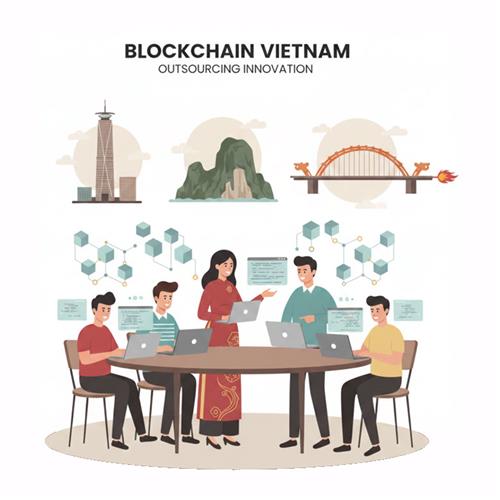

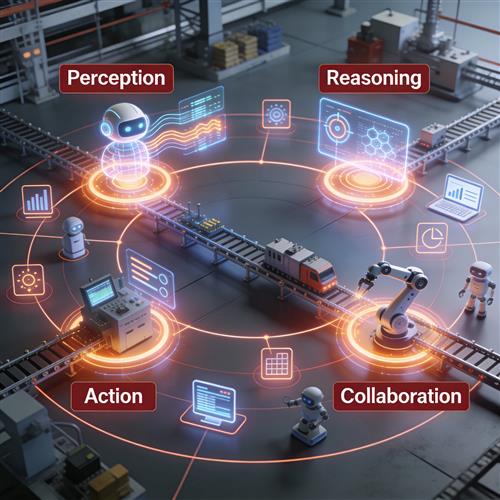
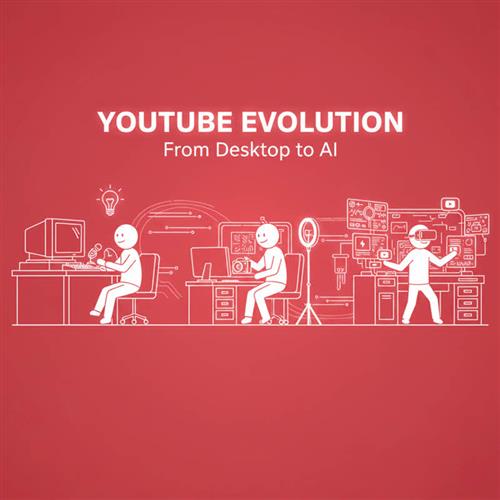


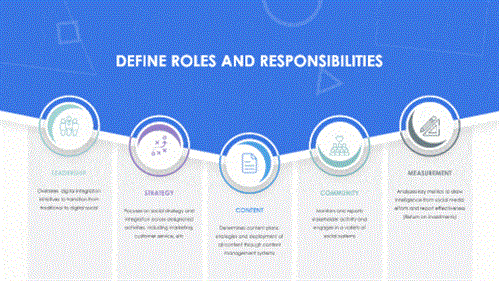
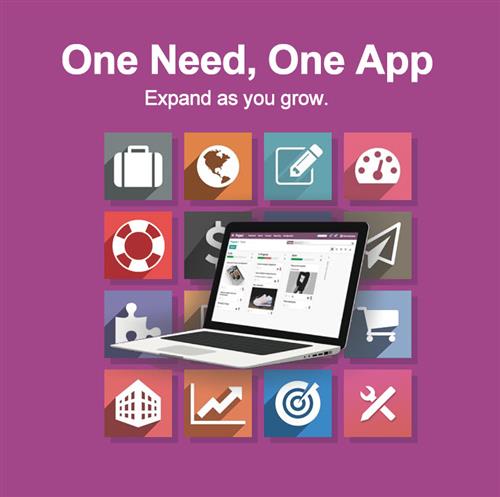




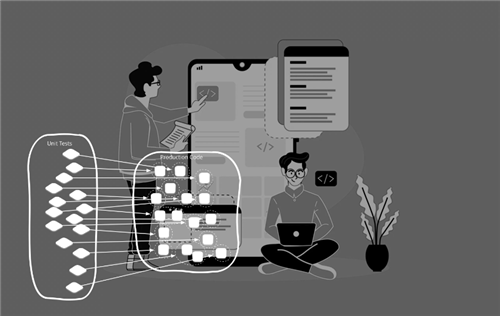
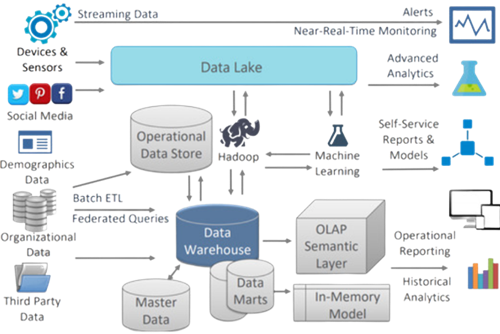



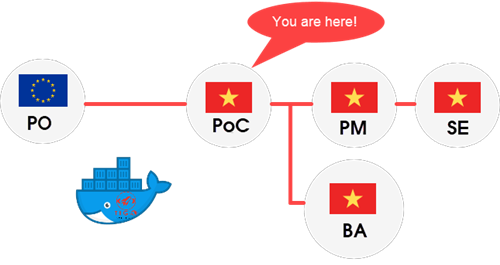
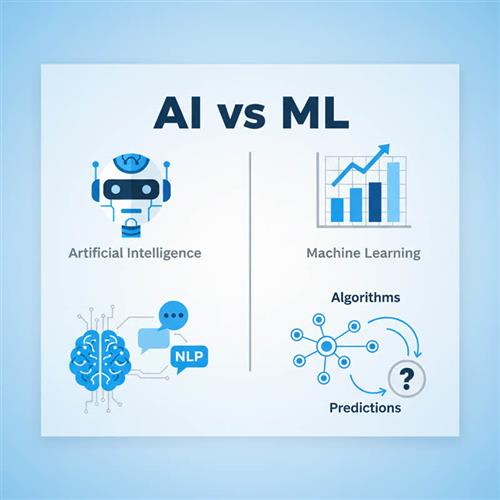

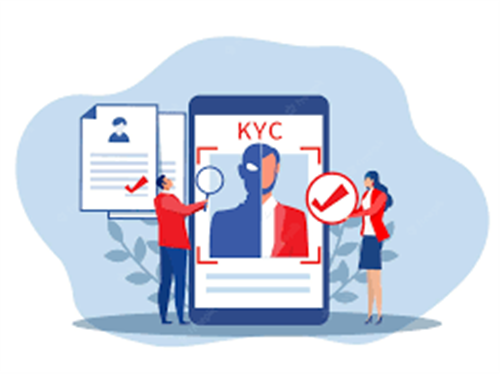
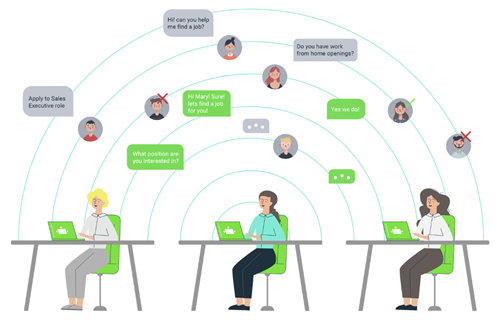
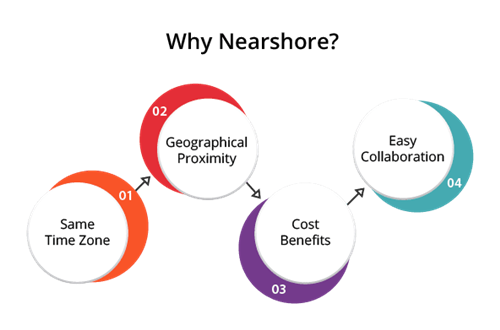









 Link copied!
Link copied!
 Recently Updated News
Recently Updated News